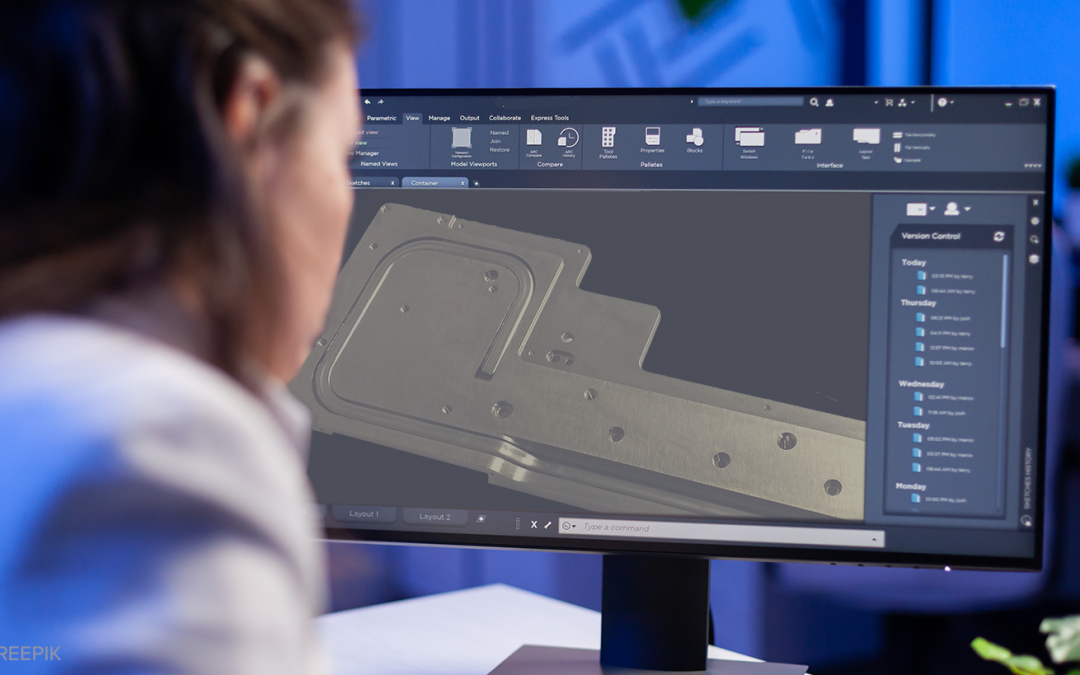A well-designed heat pipe can efficiently transport large quantities of heat over a long distance. They are a valuable thermal management product used in applications across many industries, such as medical devices, power electronics, and aerospace and defense. Astoundingly, in 1944 when the first modern-day heat pipe design was patented by Richard Gaugler of General Motors, there was no real need for his solution, so it never made it past the patent stage. It was nearly 20 years later, in connection with the U.S Space Program, that interest in heat pipes was revived.
Why Use a Heat Pipe?
A previous article, Heat Pipe Fundamentals, introduces the working principles of heat pipes. To refresh, it is a passive two-phase thermal transfer system containing a liquid that moves heat by capillary action. The capillary wick moves the condensate to the evaporator through a boiling-condensing cycle, so no power is required. It is run by physics. This is particularly useful in applications that have a limited power supply.
The two-phase nature of the heat pipe provides a nearly isothermal transfer of heat, creating an almost constant temperature across its entire length. Through various wick structures and fluids, heat pipes can be designed that are suitable for a variety of environmental challenges.
Heat pipes have a high thermal conductivity that varies with their length. However, the effective thermal conductivity is considerably higher than that of solid metal, such as copper or aluminum, of the same size.
Heat pipes offer design flexibility because they don’t need to be designed straight to function. They can be bent or wrapped around components, giving more placement opportunities and allowing the ability to move heat to a remote area if required.
The benefits of using a well-designed heat pipe for thermal management include:
- Energy efficiency because of its passive operation
- Isothermal operation
- High effective thermal conductivity
- Shock and vibration tolerant
- Long life
- No maintenance
- Design flexibility
Heat Pipe Design Guidelines
Heat pipes consist of a metal case, a wick, and fluid. Proper selection of these elements is critical for successful operation. The operational characteristics that can be affected by changing these element materials are heat transfer, thermal conductivity, and axial temperature difference. Because of this, it is important to understand the operating temperature and environmental conditions the heat pipe will be exposed to.
In addition, the length of the heat pipe directly impacts effective thermal conductivity. Other design elements that affect their operation and should be understood are flattening, bending, and the use of gravity. One limiting factor in heat pipe design is its capillary limit. Capillary limit is reached when the fluid in the wick structure evaporates faster than it is replenished, resulting in drying out of the wick in the evaporator, which prevents the thermodynamic cycle from continuing. When the capillary limit is exceeded, fluid flow stops.
Material Options for Heat Pipe Design
There are several considerations when choosing materials for your heat pipe.
Metallic Case (pipe) – The material used to fabricate a heat pipe must be compatible with the working fluid and wick. Choosing the wrong combination could result in fluid and material interaction and heat pipe degradation and failure. Other considerations include the internal operating pressure with regard to the structural integrity of the pipe, the possibility of corrosion, prevention of leaks, and operating temperature range.
Common materials include copper, aluminum, and stainless steel. Those operating under high temperatures may use refractory materials or linings to prevent corrosion.
Wicks – Wicks can be homogeneous (made from one material or machining process) or composite. Homogenous wicks are simpler to design, manufacture, and install than composite wicks. Homogenous wick types include wrapped screen, sintered metal, axial groove, etc. Composite wicks can increase the heat pipe’s capillary limit, but these tend to be more expensive.
Wick properties that affect design are capillary radius, which impacts capillary pressure difference; permeability, which impacts heat transport capability; pore size, which impacts the pressure the wick can supply; and wick thermal conductivity, which of course, is its ability to transfer heat.
Fluid – The fluid properties will affect the ability of the heat pipe to transfer heat and must be compatible with the wick and case. Other considerations include thermal stability, vapor pressures over the operating temperature range, thermal conductivity, surface tension, wick wettability, and liquid and vapor viscosities. Distilled water is commonly used because of its large temperature range and low cost. Other fluids, such as methanol and liquid ammonia, can be used for more extreme temperature ranges.
Working With an Experienced Provider
When designing the correct heat pipe for your product, there are many variables to consider. It may be easier to work with a company with extensive knowledge of thermal management technologies. At KTK Thermal, we have successfully found the optimal solution for many customers requiring expert thermal and mechanical design skills. Whether you need heat pipe assemblies or another thermal management solution, we are ready to help. Contact us to get started.

